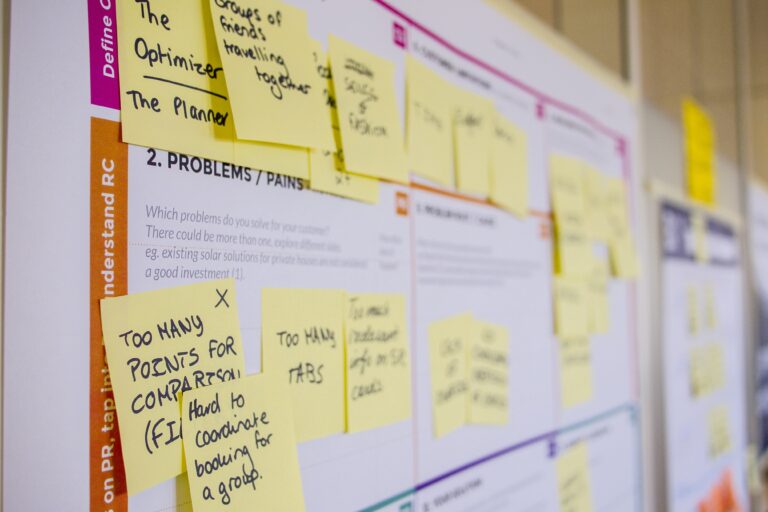We rely on devices to carry out many tasks in our day to day life. Whether it is making a phone call or using a computer to attend meetings our devices help us to make life a little easier. In today’s world we can transfer data to multiple devices for easy access and to make tasks more seamless. This can be done through having cloud storage where data can be stored on a virtual cloud and you can access it using any device that is able to login to the cloud.
Internet of Things (IoT) is used to track data over networks without having an interaction between two humans. This can be for example, a car with sensors that warn the driver when something is wrong with the vehicle.
How it works
IoT is made up of a number of devices that are linked together to collect data and interpret this into something more understandable. This data will inform us what is wrong with our devices and what we need to do to fix the problem. All of the communication that occurs in the systems depends on the application that is being used to communicate the information to all the devices.
How does it impact what we do?
IoT uses sensors which are connected to a gateway where devices share all their data. This data can also be used by other devices and they can react to the data that it has received in order to correct anything that may be out of place.
For example, in Malawi iMoSyS is utilizing IoT to improve communication in the healthcare sector, using patient data to provide updates via SMS about what they need to do to get better, this can be in regards to taking medication or reminding people of a doctor’s appointment.
In Kenya they are using IoT to monitor water quality and water usage by doing this they can attend to any issues that they may find to be wrong and therefore attend to the problem as quickly as possible.
Pros and cons of using IoT
Pros
- Easy access to information across multiple devices
- Improved communication between devices
- Automated tasks to improve efficiency of business processes
- Healthcare patients are looked after more effectively
Cons
- Increase in information being compromised due to sharing of files on multiple devices
- Device management can be difficult as the number of linked devices increases.
- Other devices can be corrupted if one device is compromised.
IoT has the capacity to change the future of how we operate. It can help minimize a lot of tasks that we do and also help to solve problems we might not be aware of. The capacity of this innovation can be a huge contributor to many institutions and businesses.






